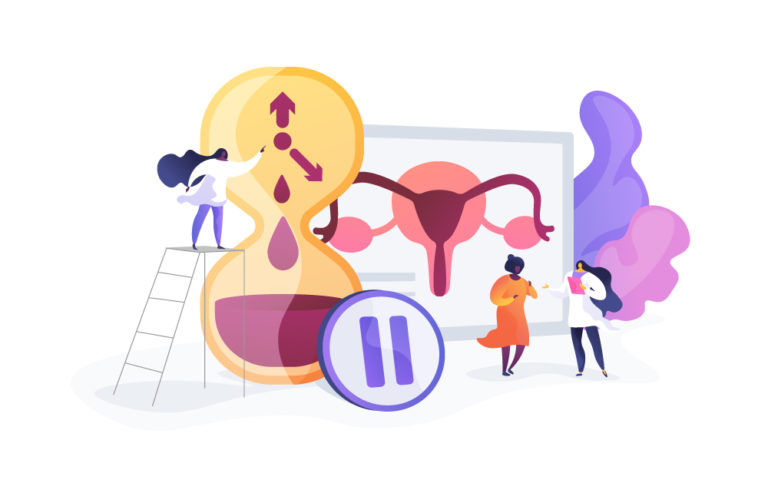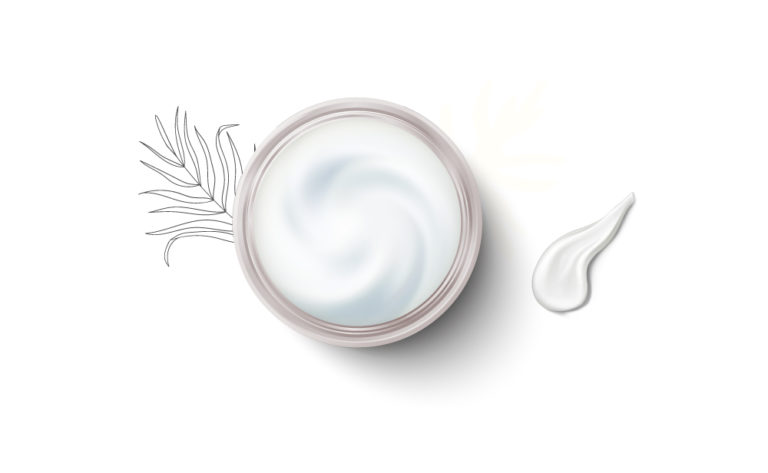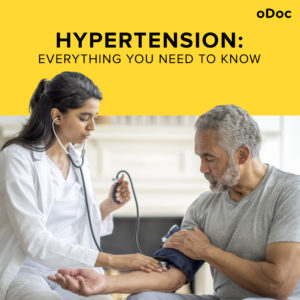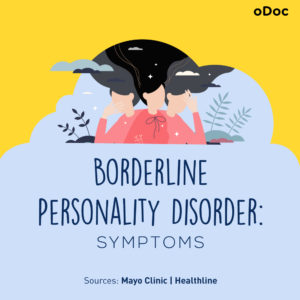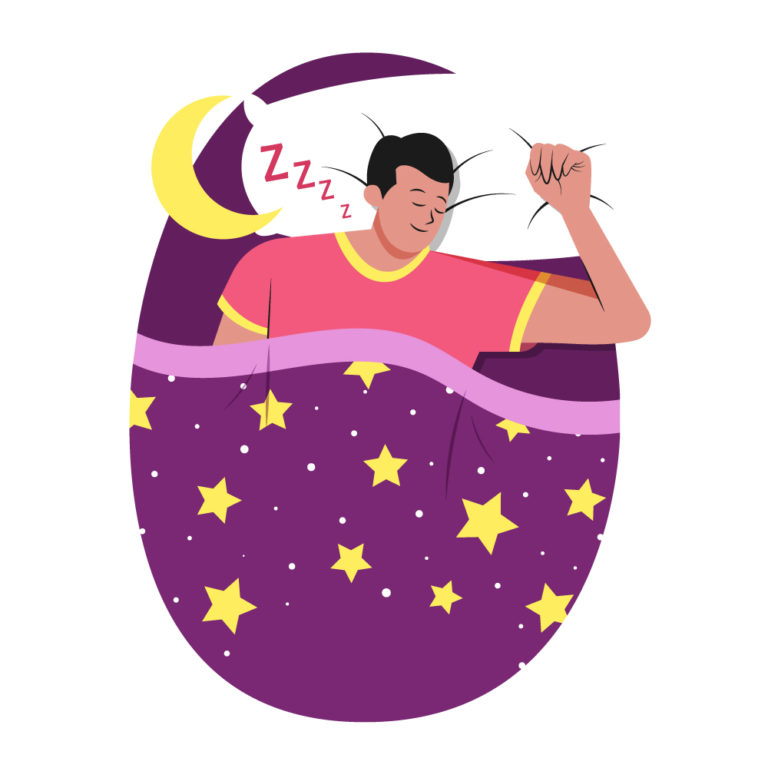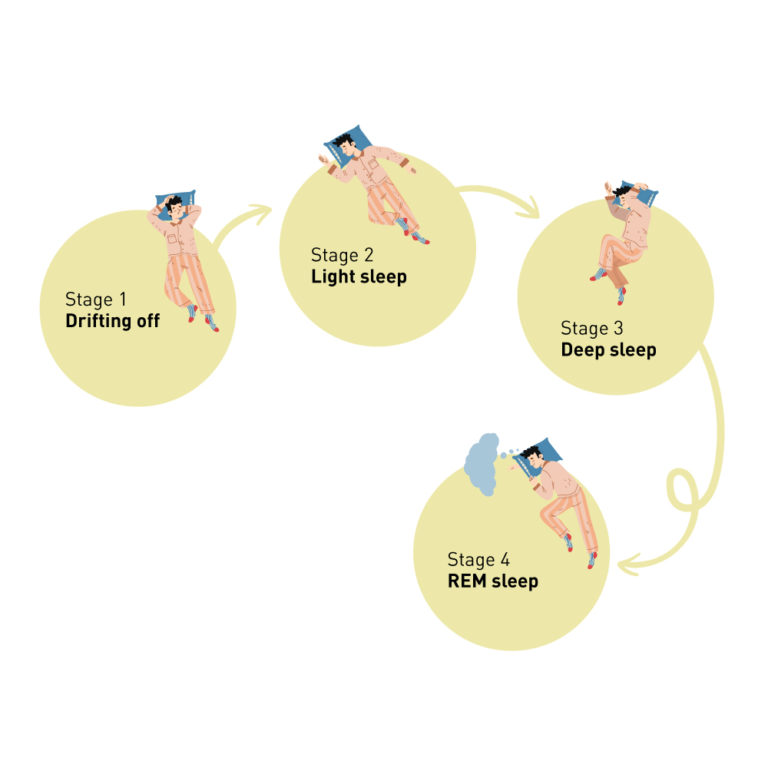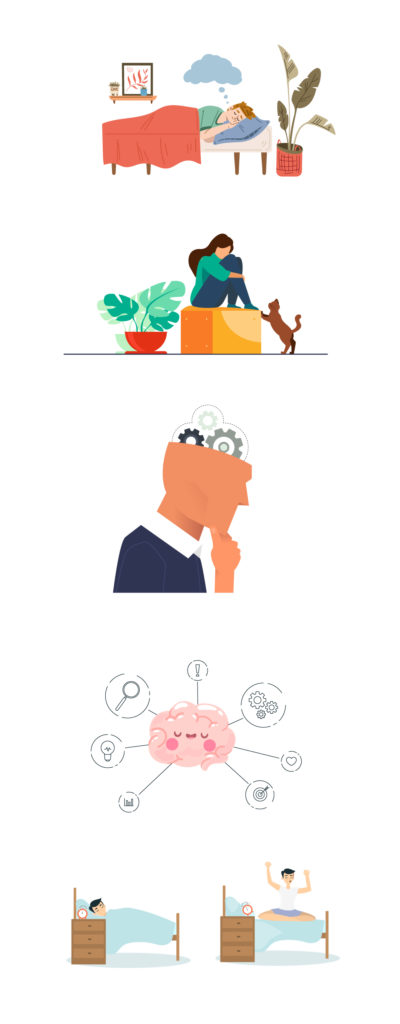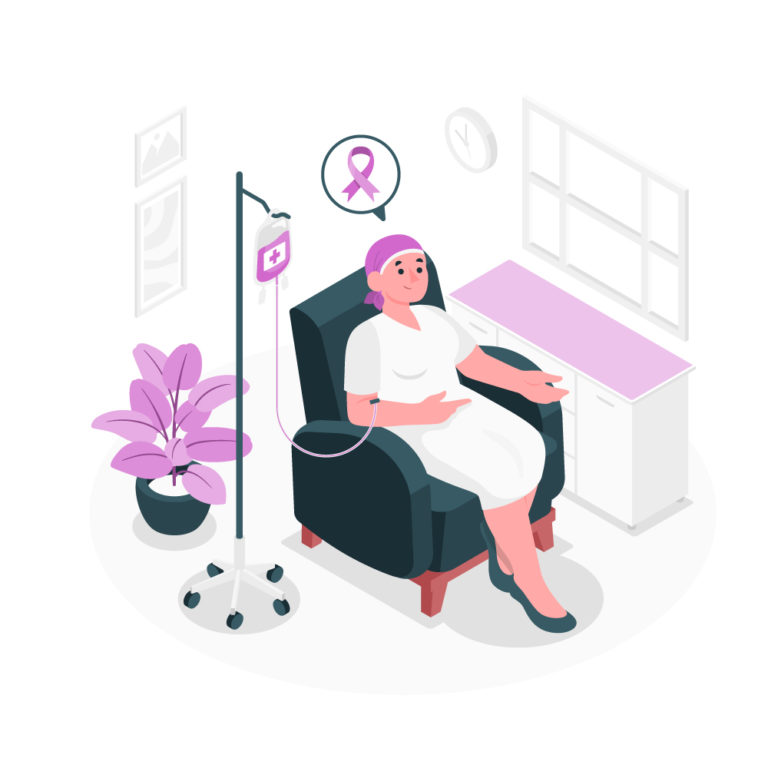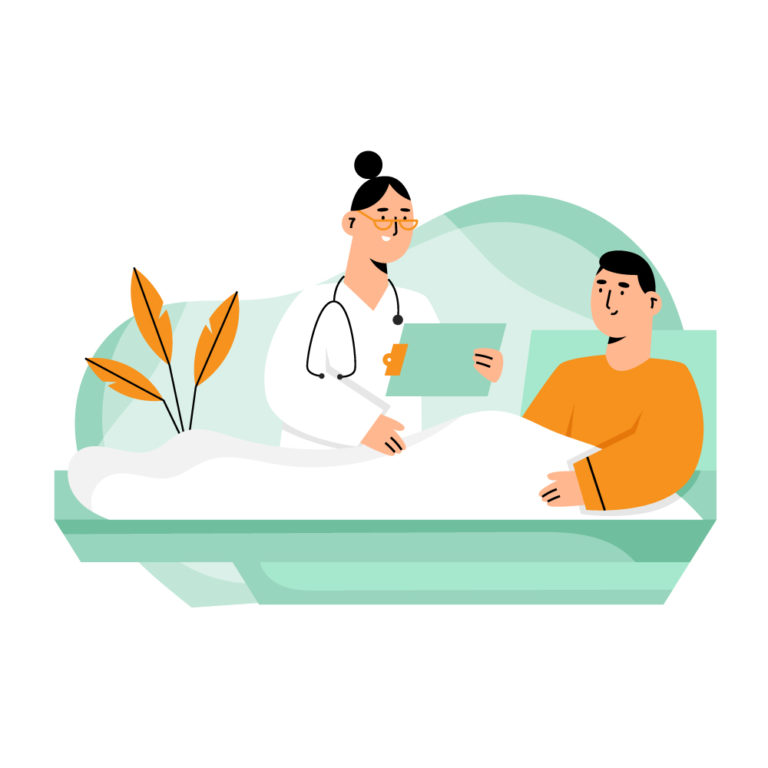How To Keep Going with Erectile Dysfunction: Causes and Treatments
Erectile Dysfunction (ED) is a hard topic for many because it can be awkward to both experience and talk about it. However, it’s very common, especially among those who are above 40, and you’re not alone. Also, the details related to erectile dysfunctionalities are very direct so let’s jump straight into the facts.
What is Erectile Dysfunction?
You have an erectile dysfunction when:
- You’re unable to get an erection.
- You’re unable to keep an erection for long.
- Your sexual desire has reduced.
Usually, during sexual arousal, nerves release chemicals that direct blood flow to the penis. And it’s led into the soft muscular tissues. During an erection, the muscles relax and trap the blood flow. While the increased blood pressure in your penis chambers cause an erection. Therefore, your erection is a reflection of the blood level entering and exiting your penis. Any interruption in this process leads to erectile dysfunction.
Erectile dysfunctionalities are nothing to worry about unless you’re experiencing on the regular.
Erectile Dysfunction Causes
Usually, ED happens due to stress, tiredness and/or when you’ve had too much to drink. At times, it can even be a side effect for medications.
However, if it happens regularly, it can be due to one of the following conditions.
- High blood sugar
- අධි රුධිර පීඩනය
- Cardiovascular diseases
- High cholesterol
- Smoking
- Consuming lots of drugs or alcohol
- ස්ථූලතාව
- Lack of physical exercises
- Psychological issues such as anxiety, depression or extreme stress levels
- Hormonal changes
Erectile Dysfunction Complications
Since regular erectile dysfunction can be a symptom of a concerning (yet treatable) health condition, always take it as a sign to see your doctor. Failing to do so, can lead to many adverse situations such as:
- Worsening of any concerning health condition causing ED
- Loss of self esteem
- Relationship problems
- Unstable මානසික සුවය
To avoid any discomfort or serious developments, talk to a general practitioner.

Erectile Dysfunction Diagnosis
If you find it embarrassing to have this conversation, remember it’s very normal to feel that way and a lot of people face it. In that case, oDoc consultations are perfect. It can be done via a video call and our highly professional team of doctors will make the experience feel like a breeze.
Generally, the doctor would ask you a set of questions to understand the risk factors and where your health stands. Therefore, expect health history questions related to:
- Use of prescription-drugs, over-the-counter drugs or supplements
- Use of any recreational drugs
- Consumption of alcohol
- Smoking habits
- Surgeries or radiation therapies surrounding the pelvic area
- Urinary problems
- Other treated and untreated health issues
Besides that, they would also ask you questions related to your patter of erectile dysfunction like:
- The frequency of the symptoms
- On how firm your penis during erections
- On any difficulty related to penetration
- Any problems with arousal or ejaculation
- Satisfaction with your sex drive
- Waking up or going to bed with erections
- Discomfort or changes related to erections
It’s imperative to choose a doctor who makes you feel safe and confident while assessing you. Therefore, ODoc always ensures to have the best healthcare professionals in terms of services and conduct to provide you the best medical care via your phone. Therefore, providing you with comfort at the best.
After assessing your answers, your doctor may lead you to get blood tests, urinary samples, and other tests such as advanced erectile function tests to help diagnose.
Erectile Dysfunction Treatment
Depending on the cause of ED, your treatment will differ. It usually consists of taking your heart and vascular health along with lifestyle changes. In some cases, treatments include oral drugs, testosterone therapies, penile injections, intraurethral medication, vacuum erection devices, implants and surgeries.
To avoid any complications with your treatment, take good care of your health, always. By eating well, exercising regularly, maintaining a healthy weight for your body, avoiding smoking and reducing the consumption of alcohol and any recreational drugs. And always take the early signs seriously and consult your doctor at the earliest. With oDoc, it’s convenient, efficient and you get the best medical service in the country. Download oDoc here.
Sources:
- WebMD
- Mayo Clinic
- Urology Health
Similar Articles...

Let’s talk flu, its prevention and home remedies.
Boo-ger season is here! Let’s begin by defining flu (short term for influenza) because it’s usually misunderstood as fever or cold. Flu is a common

Menopause Brain Fog is real: A Simple Guide with Symptoms and Treatment
Menopause Brain Fog is real: A Simple Guide with Symptoms and Treatment Women in their 40s and 50s who are just entering the end of

How to Keep Work Stress from Taking Over Your Life
How to Keep Work Stress from Taking Over Your Life In today’s fast-paced and competitive world, work stress has become an all-too-common problem that affects


